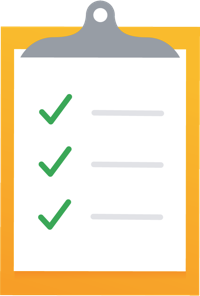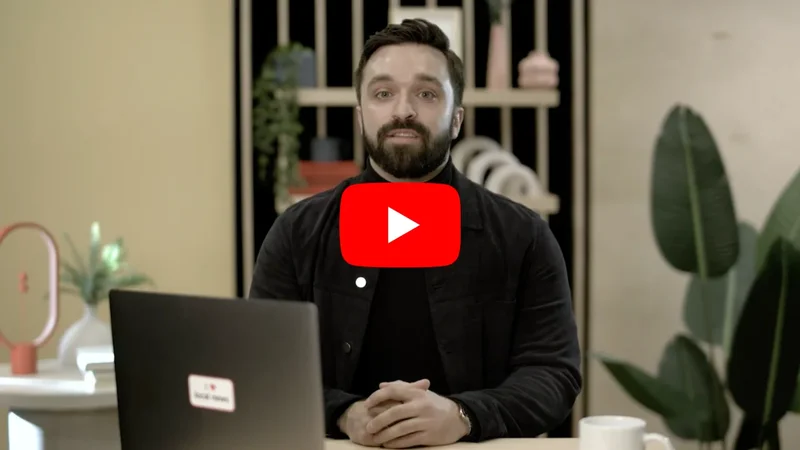Understand Direct and Programmatic Ad Revenue
Ways to sell ads, set prices, pitch advertisers and communicate results
How do I sell my ads?

Most publishers sell ads directly and programmatically.
In direct, you sell, manage, and fulfill campaigns with advertisers, without a third party. Direct selling gives you:
- Direct control of the ads displayed on your site
- Closer relationships with advertisers
- Higher prices for your ad inventory on average
In programmatic, you sell ads through automated technology that sells, manages, and fulfills campaigns for you. Programmatic gives you:
- Automated sales based on data, demographics, content, reader behavior, etc.
- The ability to display the most relevant ads to your audience, which can increase engagement and click-through rate (CTR)
- Access to to thousands of advertisers in real-time, and across multiple platforms, to get you the highest auction price
💡 Best practice: Select ad types, sizes, and placements recommended by the Better Ads Standards, which identifies ads consumers prefer most.

How do I select which ads to sell via direct or programmatic?

On average, direct ads sell for two to four times higher than programmatic ads. Direct ads average $10-20 CPMs (cost per thousand impressions), while programmatic ads average $1-5 CPMs.
💡Best practice: Earn higher revenues by selling as much inventory as you can directly (increasing your direct sell-through rate), and selling remaining inventory via programmatic.
Here’s how inventory might be prioritized:
- Direct sales
- Programmatic preferred and guaranteed deals
- Programmatic private auction
- Programmatic open auction
Publishers that use AdSense benefit from dynamic allocation by default, which can give you the highest price for your ads by allowing advertisers to compete in real time with your guaranteed advertisers.
💡 Best practice: Use ad type prices to prioritize whether to sell ads directly or programmatically.

Set your prices

How do I determine my direct rates?
In direct, list prices on your rate card. A rate card lists your ad inventory and pricing.
💡 Best practices:
- Conduct market research, like seeing what another local publication’s rate card includes
- Adjust rates based on your audience’s size, reach, and brand
- Set higher prices for specific audience segments engaging ad types, like video
How do I determine my programmatic rates?
In programmatic, a target cost per thousand impressions (CPM) is the average price you want an ad to sell for. You can also set a floor price, which is the lowest CPM an ad can be sold for.
Manage pricing across all indirect sources of demand from a single place with unified pricing rules, which are conditions you can set across floor prices, target CPMs, ad types, and more.
- In Google Ad Manager, go to Inventory > Pricing rules.
- Select New unified pricing rule and enter a name.
- In Targeting, select your ad units.
- In Pricing, select prices for specific items, or set the same price for advertisers, brands, sizes, creative types, etc. You can also set floor prices, target CPMs, or let Google optimize prices.
- Click Save.
💡 Best practices:
- Set a target CPM instead of a floor price, which can earn more revenue
- Set up pricing rules to set different prices for sizes, creative types, video options, and more
- Specify pricing for specific advertisers, brands, or sizes

Pitch advertisers with a media kit

What is a media kit?
A media kit is a collateral you can use to pitch to direct advertisers.
💡 Best practices to create a media kit:
- Start by telling the advertiser why they might want to work with you, and how working with you will help them reach their goals
- Introduce your organization and audience
- Add statistics, numbers, and demographics to give them a sense of your news site’s engagement and social presence, You can include:
- Audience size, including paid subscribers if you have them
- Geographic coverage
- Topic coverage
- Monthly pageviews
- Viewability
- Pages per visit or visit length
- Visits per month
- Share some ideas on how they could advertise on your site, such as providing mockups of placements. Having some ideas gives you and the advertiser a starting point for your discussions.
- Add your rate card and contact information

Run a successful ad campaign

- Set up client billing, campaign dates, creative assets, ad tags, and tracking
- Share a report weekly or monthly about impressions, clicks, and click-through rates
- Submit a final invoice and report detailing ad inventory (types, sizes, and placements), impressions delivered, CPMs, and total costs
💡 Best practices:
- Set up tracking to include in campaign reports
- Test pages on multiple devices so you see how the ads appear
- Report on how the campaign is tracking towards your advertisers’ goals each week or month
- Tag pages with Google Publisher Tag

Invest in long-term relationships with advertisers

Now that you’ve run your first ad campaign, turn your one-time advertisers into recurring advertisers.
Building a long-term relationship with an advertiser can help you:
- Increase CPMs
- Increase sell-through rates, or give you more predictability
- Get more flexibility to fulfill ads, especially if your coverage includes breaking news
- Earn ad revenue more reliably and with less unpredictability
💡 Best practices:
- Present a final report of the campaign with advertisers that highlights your advertiser’s goals
- Act as a thought partner, and share how they could accomplish their advertising goals by working with you
- Share opportunities for audience extension
- Offer multi-year deals
- Offer programmatic direct, so they can purchase your ads programmatically at a preferred rate
- Reach out proactively and periodically
- Have up-to-date ad inventory availability ready by using features like an inventory forecast feature










